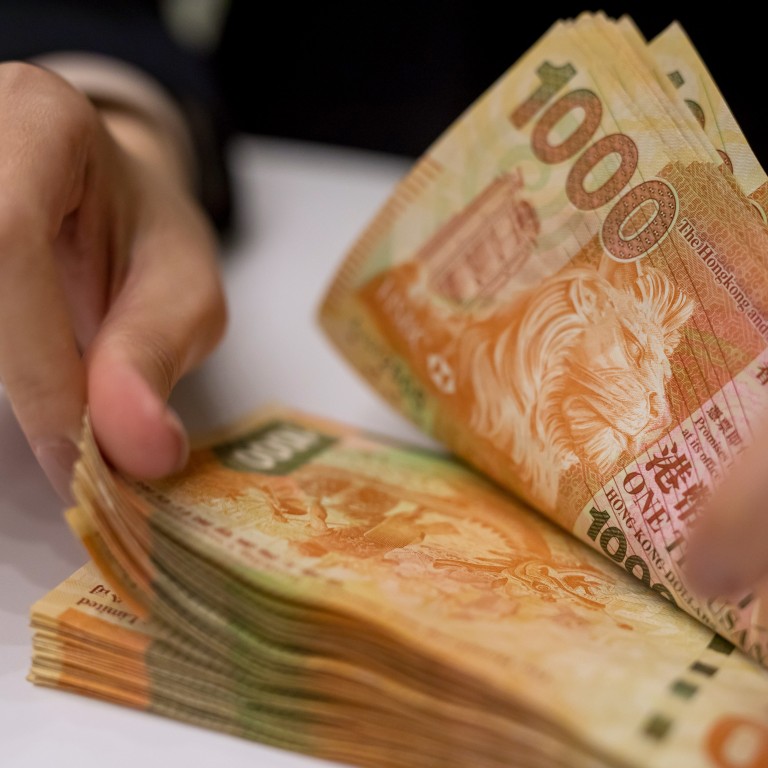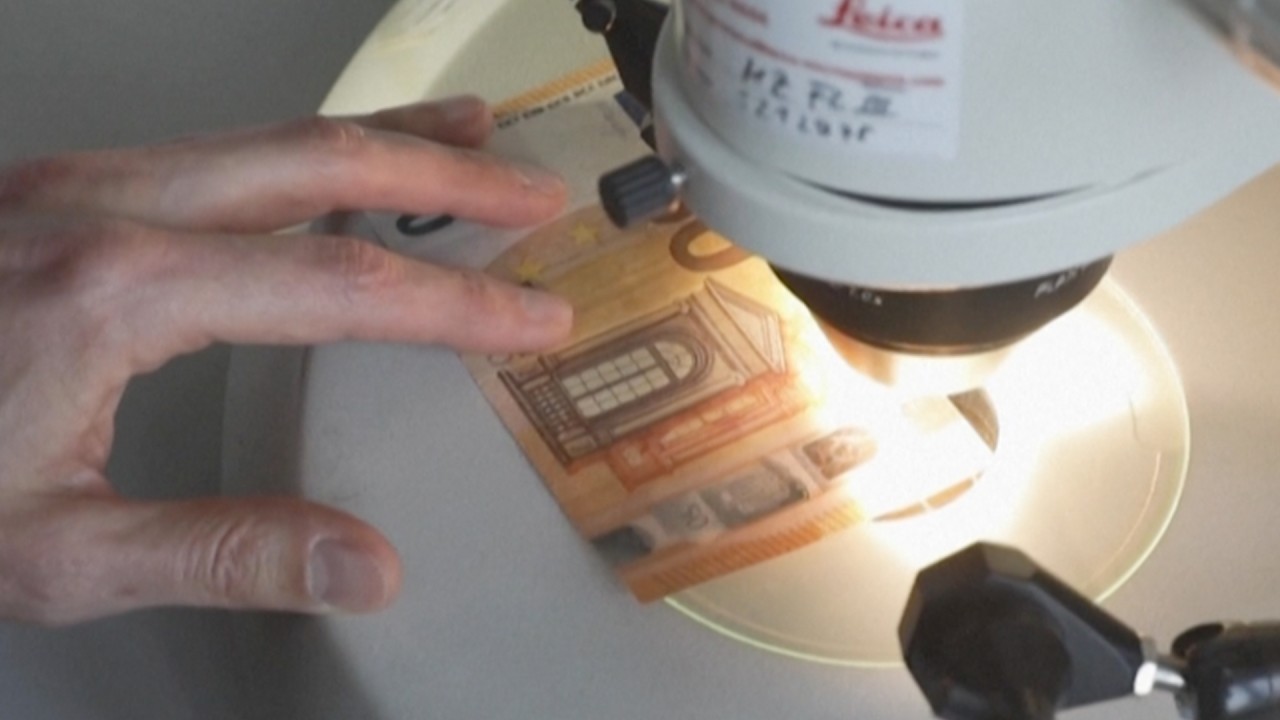
Hong Kong sells US$1.5 billion in three days to defend currency peg as traders seeking higher US yields spark capital outflows
- The authority has spent a total of HK$11.697 billion (US$1.49 billion) in four interventions in the last three days
- The Hong Kong dollar is likely to remain weak, forcing the HKMA to continue to intervene in the currency market in the coming months, say analysts
The authority has bought a total of HK$11.697 billion and sold a combined US$1.49 billion in the four interventions, the first such action it has taken in 18 months.
The interventions will reduce the aggregate balance – the sum of balances in clearing accounts maintained by banks with the monetary authority – to HK$325.894 billion on May 17, according to data provided by the HKMA.
In past decades, the HKMA has used the Exchange Fund to buy or sell the Hong Kong dollar to make sure it is trading within the trading band. In a more drastic moment, the authority also used HK$118 billion from the fund to buy stocks in 1998 to fight against an attack by short sellers on the local currency.
“The recent capital outflow is only normal carry-trades in response to a widening interest rate gap between Hong Kong and the US. There is no sign of short sellers trying to attack the peg at the moment,” Lee said.
The capital outflow, and resulting interventions, will drive interest rates up. The three-month Hibor could reach 2 per cent by the end of this year, up from 0.83 per cent on Friday, according to Ryan Lam, head of research of Shanghai Commercial Bank.
This is the main culprit behind the Hong Kong dollar’s slump
“Liquidity will flow out of the banking system with HKMA’s intervention. Suffice to say, it is flipping almost overnight from monetary easing to tightening,” Lam said in a research note after the HKMA intervention. Rising rates “will certainly take some steam out of the economy, but hardly be the end of the world,” he said.
The HKMA’s most recent intervention came in October 2020, when it stepped in 85 times during the year, selling HK$383.5 billion of Hong Kong dollars to weaken the strengthening currency amid a flood of global capital that was chasing higher yields in Hong Kong amid low global interest rates.
The tide has turned since then, after the US Federal Reserve ended its era of low interest rates to temper inflationary pressure in the American economy. The US monetary authority flagged 10 increases in interest rates through the end of 2023, which has forced the HKMA to raise its rate in lockstep to maintain the city’s currency peg.
The HKMA’s most recent intervention at the weak end of the city currency’s trading band was in March 2019, when it spent HK$22.13 billion to buy a slumping Hong Kong dollar to bolster its exchange rate.


